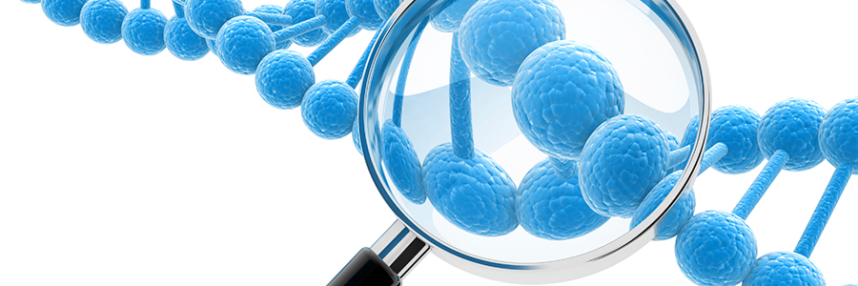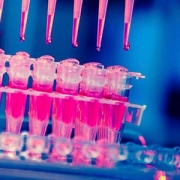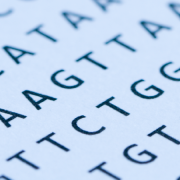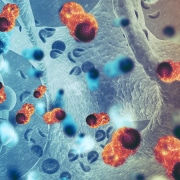Casgevy – how it works
In this week’s article, we revisit Casgevy and explore its utility and application in healthcare
Casgevy is the first gene therapy to be approved that uses genome editing as a therapy for sickle cell disease and beta thalassaemia. Our previous blog looked at the approval of this new therapy, but how does it work?
Sickle cell disease and beta thalassaemia
These conditions are both caused by genetic changes in the beta-globin gene that encodes a component of the protein haemoglobin. Haemoglobin is present in red blood cells and is essential for transporting oxygen around the body.
In both conditions, people who inherit two affected copies of the beta-globin gene make faulty haemoglobin, which in turn affects the shape and function of red blood cells, causing a range of symptoms.
The only treatment that can cure either sickle cell disease or beta thalassaemia is a stem cell or bone marrow transplant from a donor, but these have significant risks including graft-versus-host disease which can be life threatening.
Fetal haemoglobin
Casgevy takes advantage of a quirk in human biology: we have two separate sets of genes for making haemoglobin. During fetal development, humans produce a slightly different kind of haemoglobin that is better at extracting oxygen from the mother’s blood across the placenta.
In most people, this gene is switched off shortly after birth and regular haemoglobin production takes over, replacing all of the baby’s haemoglobin over the course of a few months. This is why babies with sickle cell disease and thalassaemia are born healthy.
In some people, a variant in a regulatory region means that the fetal haemoglobin does not get switched off and they continue to produce it. In people without sickle cell disease or thalassaemia, this would go undetected as it causes no symptoms.
Genome editing
Casgevy uses CRISPR-based genome editing to ‘knock out’ the regulator that stops blood stem cells from making fetal haemoglobin. This makes a much smaller change to the genome than other gene therapies, which insert a whole working copy of a gene into the cells’ genome.
The stem cells are collected from the patient in the same way as for a bone marrow donor, then edited using CRISPR-Cas9 to cut the region of the genome that prevents fetal haemoglobin production.
The edited cells, which are now able to produce fetal haemoglobin, are infused back into the patient where they can settle back into the bone marrow.
- Expert webinar: Learn about CRISPR therapeutics
Trials show promising results
In clinical trials, the approach has been very successful: out of 71 patients who were followed for over a year, 67 were able to stop treatment (thalassaemia) or were free from pain episodes (sickle cell disease), and three other thalassaemia patients were able to reduce treatment by 70%.
No severe side effects were recorded in the clinical trials. Because they are the patient’s own cells, the risk of complications such as graft-versus-host disease is much lower than when receiving donor cells.
Like any treatment, it is not risk-free, and there is a possibility that off-target cuts made by CRISPR-Cas9 at other locations in the genome could increase the risk of cancer.
As the clinical trials only began a few years ago, there are not yet studies that show whether the effect of the treatment will be lifelong, but it is hoped that it will be.









